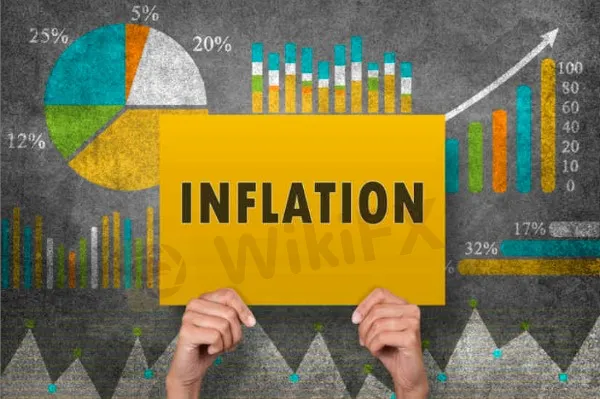简体中文
繁體中文
English
Pусский
日本語
ภาษาไทย
Tiếng Việt
Bahasa Indonesia
Español
हिन्दी
Filippiiniläinen
Français
Deutsch
Português
Türkçe
한국어
العربية
US inflation hits 8.5% ahead of NZ interest rate decision
Abstract:The Consumer Price Index (CPI) looks at hundreds of goods and services.
Inflation in the United States has reached a 40-year high of 8.5 per cent as central banks, including New Zealands Reserve Bank, grapple with decisions over how hard to fight to contain price rises.
The jump in US consumer prices was slightly above market expectations and was fuelled by increases in the price of fuel and food, which have been accelerating in price in the wake of Russias war on Ukraine.
The acceleration in the US consumer price index, which rose by 1.2 per cent in the month of March alone, appears to be cementing expectations that the US Federal Reserve will raise interest rates by 50 basis points in May.

New Zealands Reserve Bank will announce at 2pm how much it has decided to raise its official cash rate following its latest review of monetary policy.
Economists are divided over whether the central bank will raise rates by 25 basis points or by 50bp, with some describing it as a “coin toss” decision.
Bond market pricing is putting slightly higher odds on a 50bp rate hike, but some analysts are expressing doubts over whether a large hike will do much to address price rises caused by supply shortages due to the war on Ukraine.
Stats NZ is due to release its latest quarterly inflation data on Thursday next week.
Forecasters are expecting a sharp increase in inflation from the annual rate of 5.9 per cent recorded in its December-quarter figures.
Stats NZ reported on Wednesday that food prices were 7.6 per cent higher in March than a year ago.
The price of fruit and vegetables leapt 18 per cent and meat and fish were 8.7 per cent more expensive, with the price of other groceries growing at a slower pace.
Disclaimer:
The views in this article only represent the author's personal views, and do not constitute investment advice on this platform. This platform does not guarantee the accuracy, completeness and timeliness of the information in the article, and will not be liable for any loss caused by the use of or reliance on the information in the article.
Read more

Currency Fluctuations: What It Means When a Country's Currency Rises or Falls
When a country’s currency appreciates or depreciates in value, it reflects the underlying shifts in its economy and global market dynamics. For forex traders, understanding what drives these fluctuations—and how to strategically prepare for them—can make the difference between profit and loss in an ever-volatile market.

Yuan Volatility Surges as US Election Approaches
As US elections near, yuan volatility surges. Traders brace for tariff risks and market swings, preparing for potential economic shifts under Trump or Harris policies.

UAE Approves AED Stablecoin for Digital Transactions
UAE grants approval for AED Stablecoin AE Coin, a regulated Dirham-pegged cryptocurrency, transforming blockchain payments for businesses and individuals in the UAE.

Understanding Currency Strength & Weakness: What It Means for an Economy
Currency movements—whether a currency strengthens or weakens—are critical indicators of a country's economic health and its position in the global market. In this article, we explore what these movements imply, and how they influence a country’s economic landscape.
WikiFX Broker
Latest News
Geopolitical Events: What They Are & Their Impact?
Top 10 Trading Indicators Every Forex Trader Should Know
ASIC Sues Binance Australia Derivatives for Misclassifying Retail Clients
WikiFX Review: Is FxPro Reliable?
Malaysian-Thai Fraud Syndicate Dismantled, Millions in Losses Reported
Trading frauds topped the list of scams in India- Report Reveals
Why Do You Feel Scared During Trade Execution?
Revolut Leads UK Neobanks in the Digital Banking Revolution
Fusion Markets: Safe Choice or Scam to Avoid?
SEC Approves Hashdex and Franklin Crypto ETFs on Nasdaq
Currency Calculator


